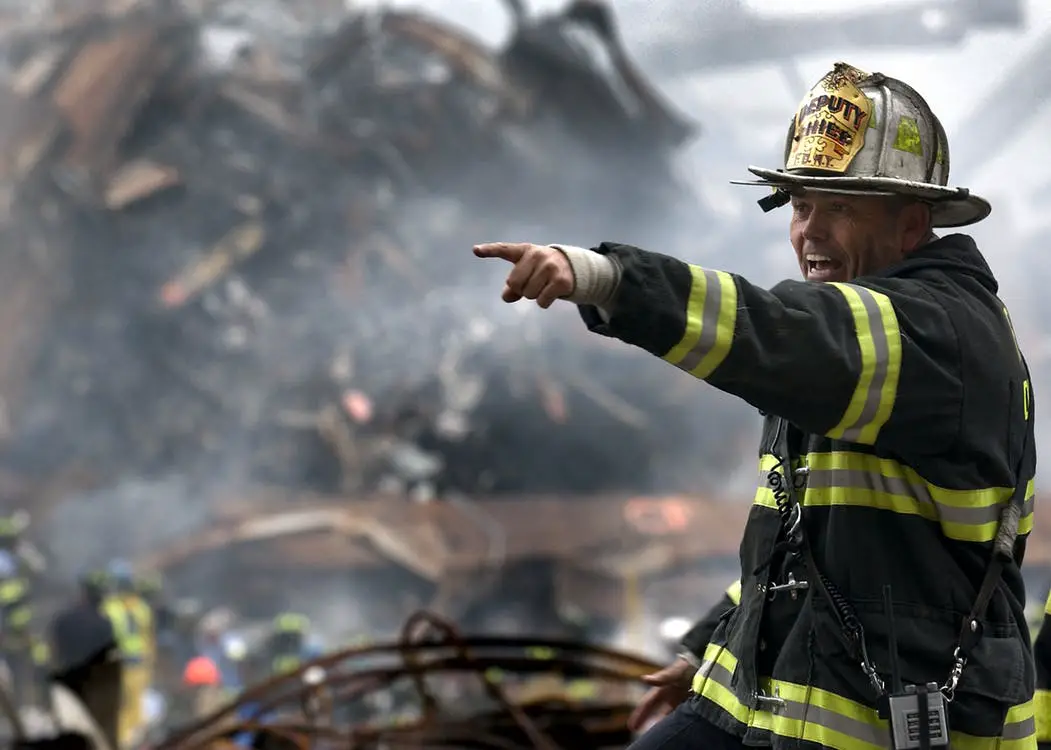
It’s ironic. A while back, I started to write about disasters and radiology residency in the evening, only to wake up the following day with Las Vegas headlines screaming about a disaster with mass casualties, gunshot wounds, and severe injuries to over 500 people from a crazed gunman. Unfortunately, these poor victims needed immediate care. And we, as radiologists, were in the trenches. It is only a matter of time before we may encounter a horrible situation such as this.
Perhaps, you are on call at the time. Or maybe, you are the only radiologist in the hospital covering this affected population. Again, we are not discussing a bus collision with a few victims. No. I’m talking about a mass casualty such as this one where hundreds or perhaps, thousands get injured at a time—a dirty bomb, a World Trade Tower-like incident. What should you do first? Who would you contact to help? How would you cope? Where would you go? Let’s sort through some general rules and think through these issues together.
Make Sure You Are Safe To Perform Your Duties
It goes without saying. For you to perform your duties as a radiologist, first and foremost, you must ensure that you are safe. Is there an active shooter in the building? Get out. Are you in a place of radioactive fallout? Move further from the epicenter. You cannot do your job unless you are alive and healthy. So, be aware of your surroundings.
OK. So, you feel reasonably safe at your post. But, you are not done with maintaining your safety. Be aware of the mass casualty situation. Is it chemical exposure or radioactive contamination? Perhaps, an airborne illness. Follow the rules to avoid further exposure to provide the most help to the maximum number of victims.
Does Your Department Have Electricity?
This question might sound a bit silly. But, unique to radiologists, we rely almost entirely on the ability of the facility to generate electricity—no electricity and no x-rays, MRIs, CTs, and so forth. If there is no power, you will unlikely be able to help as much as a radiologist. (except for battery-powered ultrasounds) Instead, you may be only able to help as a treating clinical physician.
Take The Time To Call For Backup
Next… When hundreds or thousands of victims require acute medical care, and you have electricity at your facility, one lone radiologist is unlikely to be able to provide imaging services for everyone. Call the covering attending radiologist in a mass casualty such as this one. Now, you can decide if you need more coverage to interpret or perform all these studies rapidly.
Triage, Triage, Triage
Unlike standard operations, you no longer have the luxury of providing any study to anyone. In this situation, all the hospital’s imaging resources will run out. So, you are in a position to ensure that the appropriate victims receive the correct studies (the art of triage!).
The treating physicians are not experts in imaging. You are. So, you need to monitor appropriateness criteria like a hawk. You want to save the most lives. Only the sickest and most needy patients should receive imaging first. And, of course, they need the correct study.
Read Where Help Is Needed
Perhaps, you are dealing with lots of inhalation injuries. Well, then, concentrate on the chest X-rays. Or maybe, tons of gunshot wounds. Read the CT scans. You should read what is most needed.
Assess What Happened And Create An Action Plan
So, you’ve run through all the initial steps of our disaster protocol recommendations. And you’ve made it through the disaster scenario. What do you do next? It’s simple: Assess the disaster situation and create an action plan.
Creating a radiology action plan becomes essential so that if disaster strikes twice, you know the best ways to handle it. Your hospital should have a radiology emergency protocol even before the disaster. (Not all hospitals do!) So, now is your opportunity to contribute to or create your own hospital’s disaster committee. Make the plan as efficient and as practical to implement as possible.
Disaster Management Summary
No matter how you slice it, as a radiologist and a physician, a disaster scenario can be complicated. So, you need to follow some of these general rules to make running a disaster protocol as efficient and safe as possible for you, the radiologist, and the patient. Be safe, call for backup, triage, and use appropriate resources. Finally, remember that assessing the situation is crucial and developing an action plan (hopefully before the incident!). Next time, if it happens, you will be ready as you can be!







